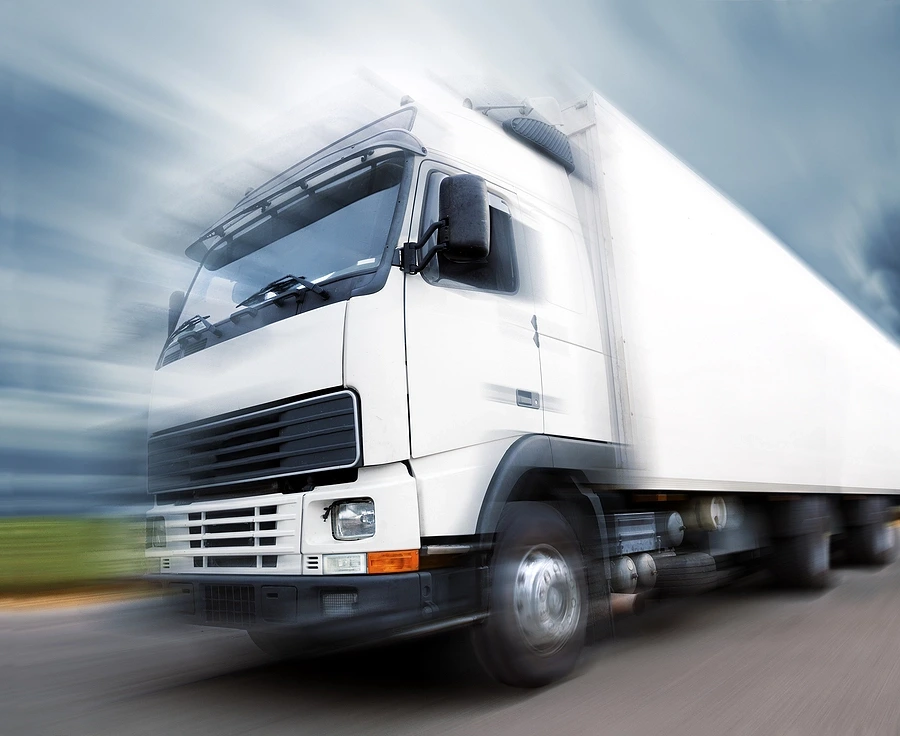How Weather and Road Construction on Georgia Interstates Contribute to Truck Wrecks

Georgia’s interstates are vital routes for commercial trucking. These highways see heavy traffic, including large trucks transporting goods across the state and the country. Unfortunately, certain factors make these roads more dangerous for truck drivers and other motorists. Among the biggest contributors to truck crashes are weather conditions and ongoing road construction.
Understanding how weather and construction affect safety on Georgia’s interstates can help accident victims and their families better navigate the aftermath of a truck accident. It also sheds light on the challenges truck drivers face on these busy roads.
The Impact of Weather on Trucking Safety in Georgia
Georgia’s weather can be unpredictable. Drivers on the interstate face everything from heavy rain and fog to ice and high winds. Each condition presents its own dangers, but large trucks are particularly vulnerable due to their size and weight.
Rain and Wet Roads
Rain is one of the most common weather conditions that contribute to truck accidents. Wet pavement reduces tire traction, increasing stopping distances. Trucks already require more time and space to stop because of their size, so slippery roads compound this issue.
Additionally, heavy rain can impair visibility. Truck drivers may struggle to see other vehicles, lane markings, or road signs. Sudden downpours also lead to hydroplaning, where tires lose contact with the road surface, causing drivers to lose control.
Fog and Low Visibility
Fog presents a serious hazard on Georgia interstates, especially in the early morning or late evening hours. Thick fog can obscure the road ahead, making it difficult for truck drivers to react to changes in traffic or hazards. Large trucks with high seating positions may have better visibility than smaller cars, but fog still limits reaction time significantly.
Ice and Snow
While Georgia doesn’t often experience heavy snow or ice, winter storms occasionally create dangerous driving conditions. Ice on bridges, overpasses, and shaded parts of the interstate can cause trucks to skid or jackknife. Trucks are at greater risk of losing control because their heavy trailers shift weight easily on slick surfaces.
High Winds
Strong winds, especially crosswinds, are another weather hazard. Large trucks act like sails, and gusts can push them into other lanes or off the road. High winds may force drivers to reduce speed or pull over, but sometimes accidents happen before they have time to react.
How Road Construction Zones Increase Truck Accident Risks
Georgia’s interstates are constantly undergoing repairs and improvements to handle heavy traffic and wear. While necessary, construction zones are often sites of serious accidents involving commercial trucks. These areas pose unique challenges for truck drivers.
Narrowed Lanes and Reduced Speeds
Construction zones frequently have narrowed lanes, concrete barriers, and fewer shoulders. Large trucks require more space to maneuver safely, so these changes can increase the risk of collisions.
Speed limits are usually reduced in work zones to protect workers and drivers. However, some truck drivers may fail to slow down enough or misjudge stopping distances, leading to rear-end or side-impact crashes.
Changing Traffic Patterns and Lane Closures
Work zones often force traffic into fewer lanes or detours. These sudden shifts can confuse drivers and create bottlenecks. Trucks trying to merge or change lanes in tight spaces face increased collision risks.
Lane closures also mean trucks might travel closer to each other or to construction equipment. The confined space reduces reaction times and increases the chance of accidents.
Distracted Drivers and Construction Workers
Construction sites attract driver attention, sometimes distracting them from the road. Drivers may also fail to obey flaggers or warning signs, creating dangerous situations. Trucks passing through these zones risk hitting workers or construction vehicles if drivers are not alert.
Limited Visibility and Debris
Construction equipment, signs, and materials can obstruct a driver’s view. Dust and dirt from construction can further reduce visibility. Sometimes debris on the road causes trucks to swerve or lose control.
Combining Weather and Construction Creates Greater Hazards
The risks of weather and construction zones are magnified when they occur together. Wet or icy roads combined with narrow lanes and lane closures make it harder for truck drivers to maintain control and avoid collisions.
Fog or heavy rain in a work zone can limit visibility of lane markers or signs. Strong winds can push trucks toward barriers or workers. When multiple factors are present, accident risks increase exponentially.
Why Understanding These Factors Matters for Truck Accident Victims
If you or a loved one suffered injuries in a truck crash on a Georgia interstate, weather or construction may have played a role. Establishing how these conditions contributed to the accident can be important for your case.
Truck companies and their insurers often try to shift blame to weather or road conditions to avoid paying claims. While these factors complicate driving, truck drivers and companies are still responsible for operating safely.
Victims should gather evidence like weather reports, photographs of the accident scene, and witness statements. Details about construction zone signage, lane closures, and speed limits can also be important.
Working With a Skilled Atlanta Personal Injury Lawyer
Truck accident claims can be complex. Insurance companies and trucking firms have teams working to limit liability. If weather or construction was involved, your case may require expert analysis.
An experienced Atlanta personal injury attorney will investigate all factors contributing to the wreck. They will work with accident reconstruction experts, obtain relevant weather and construction records, and fight for your full compensation.
Conclusion
Weather conditions and road construction both pose serious challenges on Georgia’s interstates. For truck drivers, these hazards increase the risk of losing control, collisions, and devastating injuries. Understanding how rain, fog, ice, wind, and construction zones contribute to accidents helps victims build stronger claims.
If you have been hurt in a truck wreck on an interstate in or around Atlanta, don’t hesitate to seek legal advice. A knowledgeable lawyer can help you navigate the complexities of these cases and hold negligent parties accountable. Your focus should be on recovery while your attorney handles the rest.
